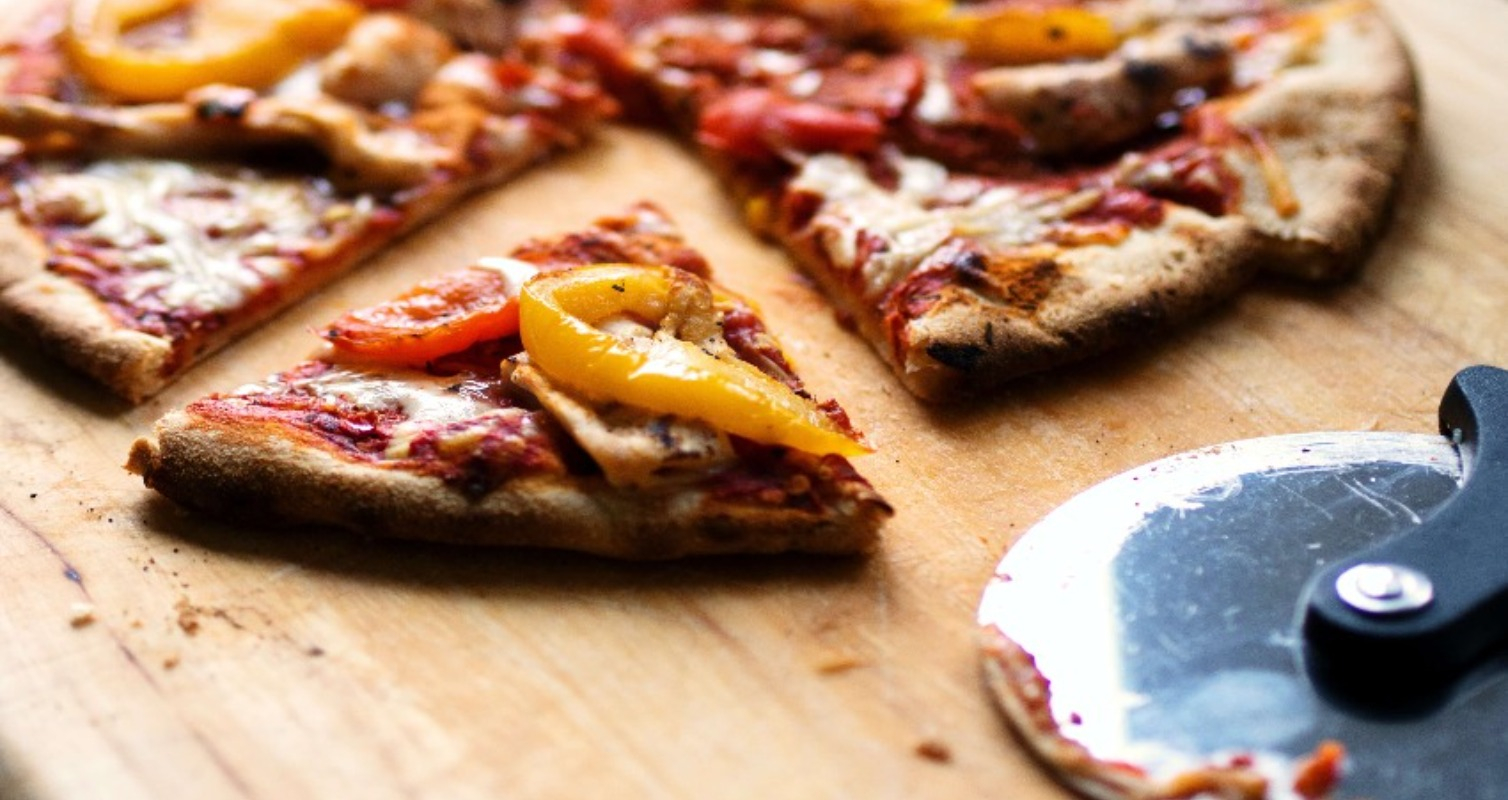Over the last decade, Mr. Torghele developed a vending machine that cooks pizza. The machine does not just slip a frozen pizza into a microwave. It actually whips up flour, water, tomato sauce and fresh ingredients to produce a piping hot pizza in about three minutes.

The machine, which Mr. Torghele calls Let’s Pizza, is only the spearhead of a trend.
Unlike the old automats, which were staffed with workers who refilled the machines with creamed spinach and baked beans as fast as customers pulled them out, these restaurants consist entirely of vending machines.
In Milan, a two-hour drive west of Rovereto, a franchise chain called Brekky has opened the first three of what is planned to be a large chain of restaurants in which customers can buy cold dishes like salads and sandwiches, and warm dishes like pasta, from vending machines.
North of the Alps, the automat never really died out. In the Netherlands, Febo, a chain started in 1941 by a Dutch baker, now has about 60 restaurants. In France, bright green and yellow Yatoo Partoo machines — the name loosely translates as “You can get everything, everywhere” — sell milk, juice, snacks and sandwiches 24 hours a day, seven days a week.
Europeans are looking for less expensive ways to eat out, and the automat is far less expensive than a white-tablecloth restaurant.
The idea for a pizza robot came to Mr. Torghele after he worked in California in the mid-1990s creating a fresh pasta manufacturer. “At food courts I saw a trend toward vending machines,” he said at his office. “In fast food, I saw pizza everywhere.”
The machine Mr. Torghele and his engineers produced is outfitted with little windows so the customer can watch the pizza being made. As in the Charlie Chaplin film “Modern Times” (in miniature and without Chaplin) wheels turn and gears grind. The customer presses a button to choose one of four varieties — margherita (plain cheese and tomato sauce), bacon, ham or fresh greens. A plastic container dumps flour into a drum resembling a tiny washing machine; a squirt of water follows, and the drum goes into a spin cycle, forming a blob of dough that is then pressed flat to form a 12-inch disk.
Tomato paste is squirted onto the dough and cheese is added before it is lifted into a small infrared oven. The baked pizza then slips onto a cardboard tray and out into the customer’s waiting hands. Mr. Torghele says the pizza will cost as little $4.50, depending on the variety.
